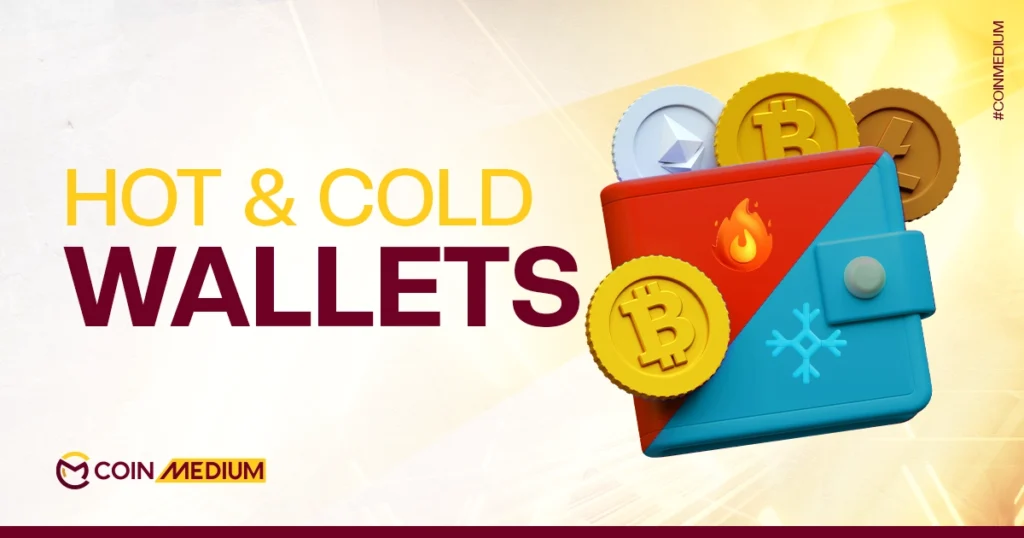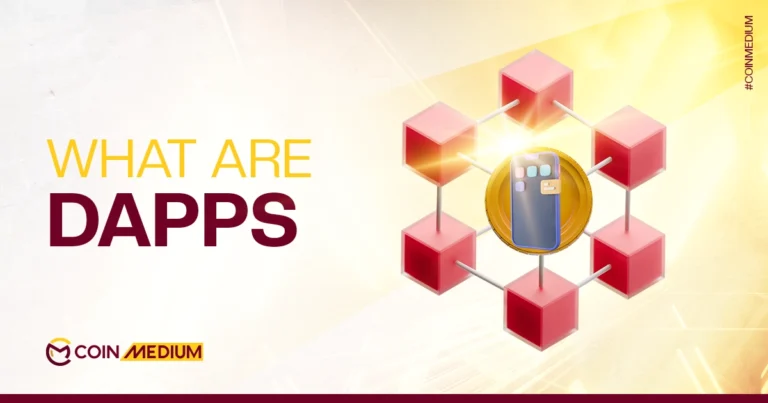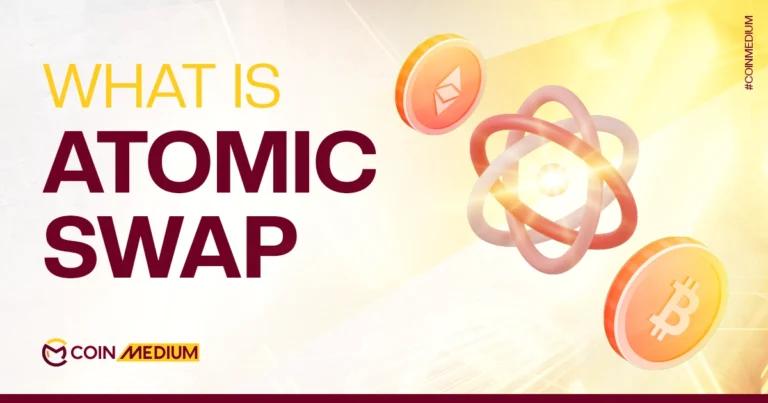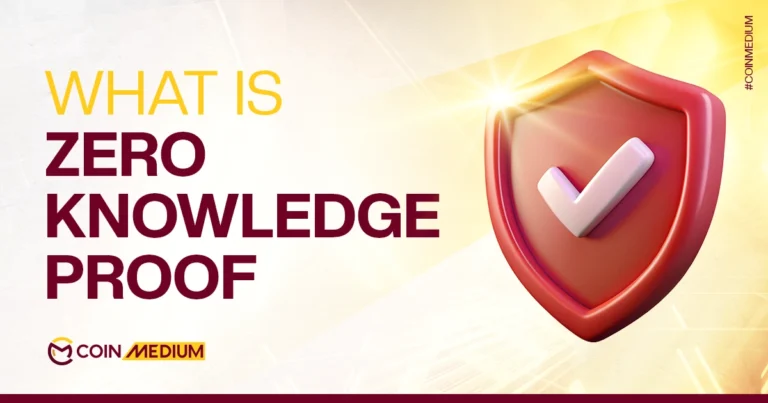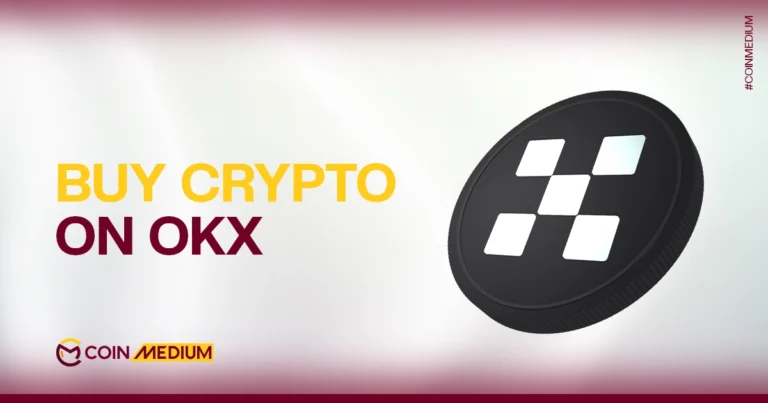Millions of people around the world are excited to get into cryptocurrency. They hear stories of big profits and new opportunities, but many are confused by the basics. One of the first things beginners ask is: What is a crypto wallet?
- The key differences between hot and cold wallets and their pros and cons.
- Common threats to crypto wallets, like phishing, malware, and man-in-the-middle attacks.
- Practical steps to secure your crypto, including 2FA, seed phrase storage, and multisig wallets.
A crypto wallet isn’t like a regular wallet that holds cash. It’s a tool that stores your private keys, which give you access to your digital coins. Without a wallet, you can’t send, receive, or safely store your cryptocurrency.
There are two main types of wallets: hot wallets and cold wallets. Knowing the difference between them is important because it affects how safe your money is in the crypto world.
It’s important to know that your crypto coins don’t actually sit inside the wallet like money in your pocket. The coins stay on the blockchain, which is like a big public record of all crypto transactions. Your wallet doesn’t hold the coins, it holds the keys that let you use them. In a way, the wallet is like your personal access point to the blockchain.
What is a hot wallet?
A hot crypto wallet is a digital wallet that is connected to the internet. This makes it easy to access and use, especially for people who want to trade or send crypto often. These hot wallets include mobile apps, desktop software, and browser extensions.
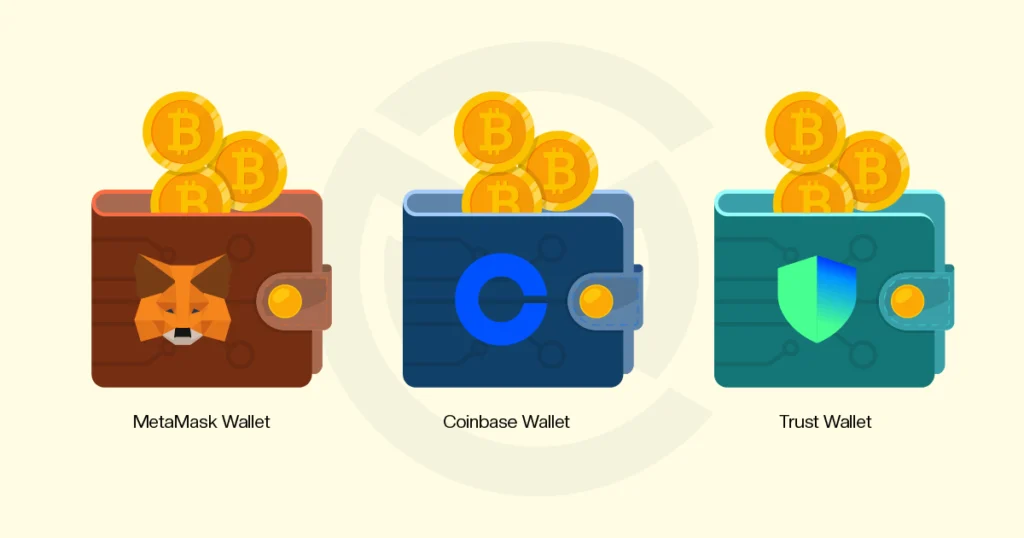
The biggest advantage of a hot wallet is it allows you to quickly check your balance, make payments, or swap tokens with just a few taps. That’s why hot wallets are very common among everyday users and crypto beginners.
The downside is because hot wallets are online, they are more vulnerable to hacking. If someone gains access to your device, they literally can steal your funds. Experts often recommend keeping small amounts of crypto in hot wallets and storing larger amounts in more secure places like cold wallets.
What is a cold wallet?
A cold wallet is a type of wallet that is not connected to the internet. This makes it much safer from online attacks. Cold wallets store your private keys offline, usually on a hardware device like a USB stick or even a piece of paper.
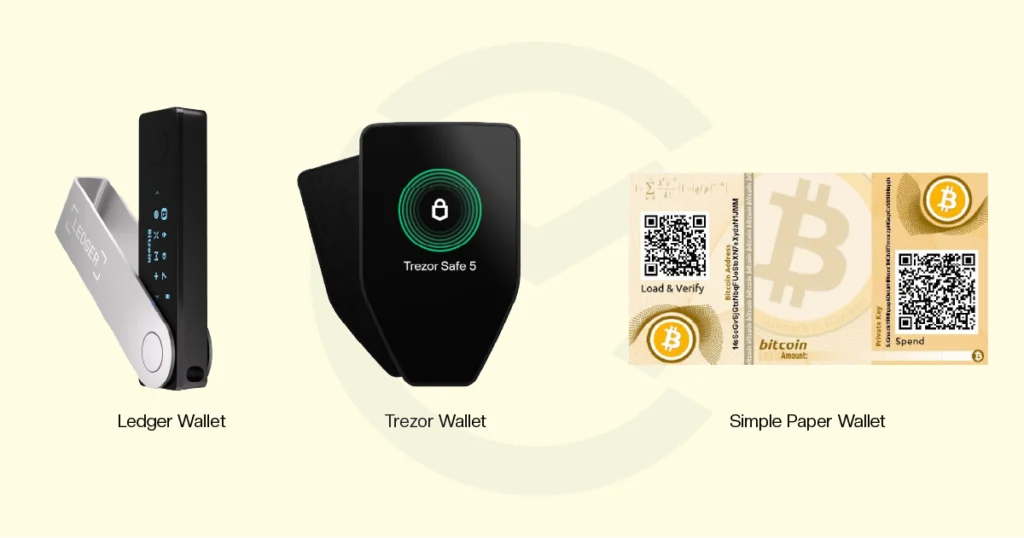
Other Words You’ll Hear Around the Crypto World
Public Key:
This is like your crypto email address. It’s a long string of numbers and letters that you can safely share with others. People use your public key to send you cryptocurrency.
Private Key:
It’s more like your password. It gives you full control over your crypto. It’s the type of keys that you don’t share with anyone, because If someone gets it, they can steal all your coins. Your wallet uses this key to “unlock” your crypto and a full access to whoever has it.
Seed Phrase:
It’s the way to recover your forgotten private key, it’s a list of 12 or 24 random words that acts like a master key to your wallet. If you lose your wallet or device, you can use the seed phrase to recover your funds. Keep it safe and never share it. Anyone with your seed phrase can access your crypto.
Custodial Wallet:
It’s more like a traditional bank. It’s a wallet where a third party, like a crypto exchange, holds your private keys for you. While it’s easy to use, you have no real control over your assets, you’re trusting someone else to manage them. As the crypto community often says: “Not your keys, not your coins.”
Non-Custodial Wallet:
A wallet where you control the private keys. This gives you full ownership of your crypto, but also full responsibility. If you lose access, no one can help you recover it.
What are the common threats that crypto wallet holders face?
Hacking is not the only concern that hot wallets users facing, other common threats including:
- Phishing: that’s where fake emails or websites trick users into giving up their private keys through fake advertisements that are pushed directly to them.
- Malware: Is more upgraded version scams, which can secretly be installed on the victim device and steal their login information.
- Man-in-the-middle attacks: where hackers intercept data being sent between a user and the wallet service. A perfect example for that would be a public Wi-Fi connection or if a device is infected with spyware. In some cases, the hacker can steal your login details or redirect your crypto to their own wallet without the victim knowing. Cold wallets are mitigating these attacks.
- Fake apps or browser extensions: Some users accidentally install apps or browser extensions that look like legitimate crypto wallets but are actually designed to steal information.
On the other hand, cold wallets offer better protection against online hacks but they also come with risks. Users could lose the device, or, just like hot wallets, the seed phrase could be damaged, lost, or incorrectly recorded
The common thing between the two wallets is that in both cases, a single small error can lead to the loss of all your crypto.
How can investors stay safe from wallet attacks?
Since there are several ways scammers target crypto holders, the question that naturally comes up is, how can investors protect themselves? Investors can be safer by taking a few simple but important steps. One basic measure is to keep only small amounts in hot wallets, while applying stronger protection through additional security tools.
One of the most effective methods is enabling two-factor authentication (2FA), which adds an extra layer of security. Even if a hacker manages to get the password, they won’t be able to access the wallet without a second code, typically sent to the user’s other device. It’s also safer to use trusted devices and avoid making transactions over public Wi-Fi, where cyberattacks are more common.
The seed phrase is another critical layer of protection. It should always be stored offline in a secure location. Writing it down and keeping it in a locked safe is much safer than saving it on a phone or computer. It is also advisable to test the transaction process with a small amount before transferring large sums of crypto, to ensure it works properly.
For those holding larger amounts of cryptocurrency, multisignature (multisig) wallets offer even greater security. These wallets require approval from more than one person or device to complete a transaction, making it harder for a single point of failure to result in theft.
Crypto wallets are the key to managing digital assets, but they also come with serious responsibility. Whether choosing the convenience of a hot wallet or the security of a cold one, knowing the risks and taking the right precautions can make a whole difference. As the crypto world continues to grow, so do the threats. That’s why staying informed, alert, and cautious isn’t just a smart act, it’s essential. In the end, the safety of your crypto depends not only on the wallet you use, but on the choices you make to protect it.

